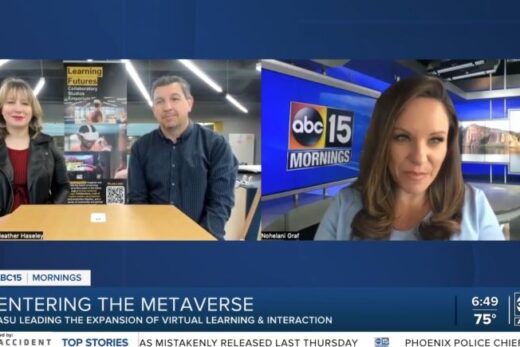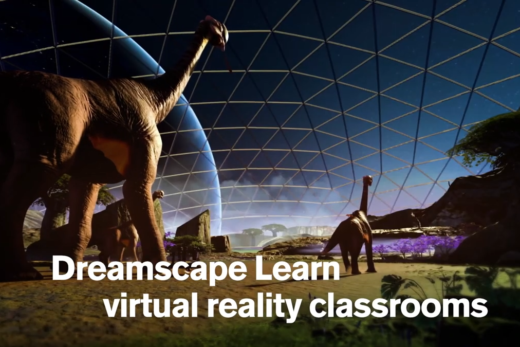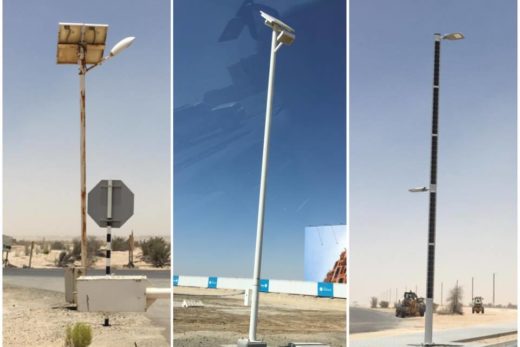Will be presenting at the Apple University Consortium – Createworld Conference in Brisbane this week.
Look forward to seeing you there:)

The Apple University Consortium is a partnership between Apple Australia and a number of Australian universities. Every two years it holds the AUC Academic & Developers Conference in an Australian city. It also sponsors subsidized seats to the WWDC conference in San Francisco each year for university staff and students.
Abstract
As a relatively new and rapidly developing technology, applications for mobile devices, web cameras, and now glasses that augment reality with digital objects are being taken up as potential educational tools.
There is a danger of educational applications being driven by what is technically possible and by the interests and agendas of the early adopters, rather than what is pedagogically desirable, or empirically defensible. The risk of such a fragmented approach to augmented reality (AR) implementation may be to make it harder for academics and teachers to incorporate augmentation into their learning and teaching practices, and it may even alienate the less technically-minded, with AR left seeming like yet another flash-in-the-pan, short-lived technological toy, accessible only to those with technical know-how and high levels of IT literacy and competence.
In this presentation, we discuss how multi-modal, sensorial augmentation of reality links to existing theories of education and learning, focusing on ideas of cognitive dissonance and the confrontation of new realities implied by exposure to new and varied perspectives.
We stress that augmented realities, unlike virtual realities, are not substitutions for physical reality; not approximations to reality, but the layering of perspectives and experiences to augment and enrich reality. We discuss what opportunities AR opens up, and how those opportunities might be exploited within a given (constructivist) approach to learning and teaching. Finally, we consider existing applications of AR, trends in AR research, and possibilities for uses of this technology in education.



